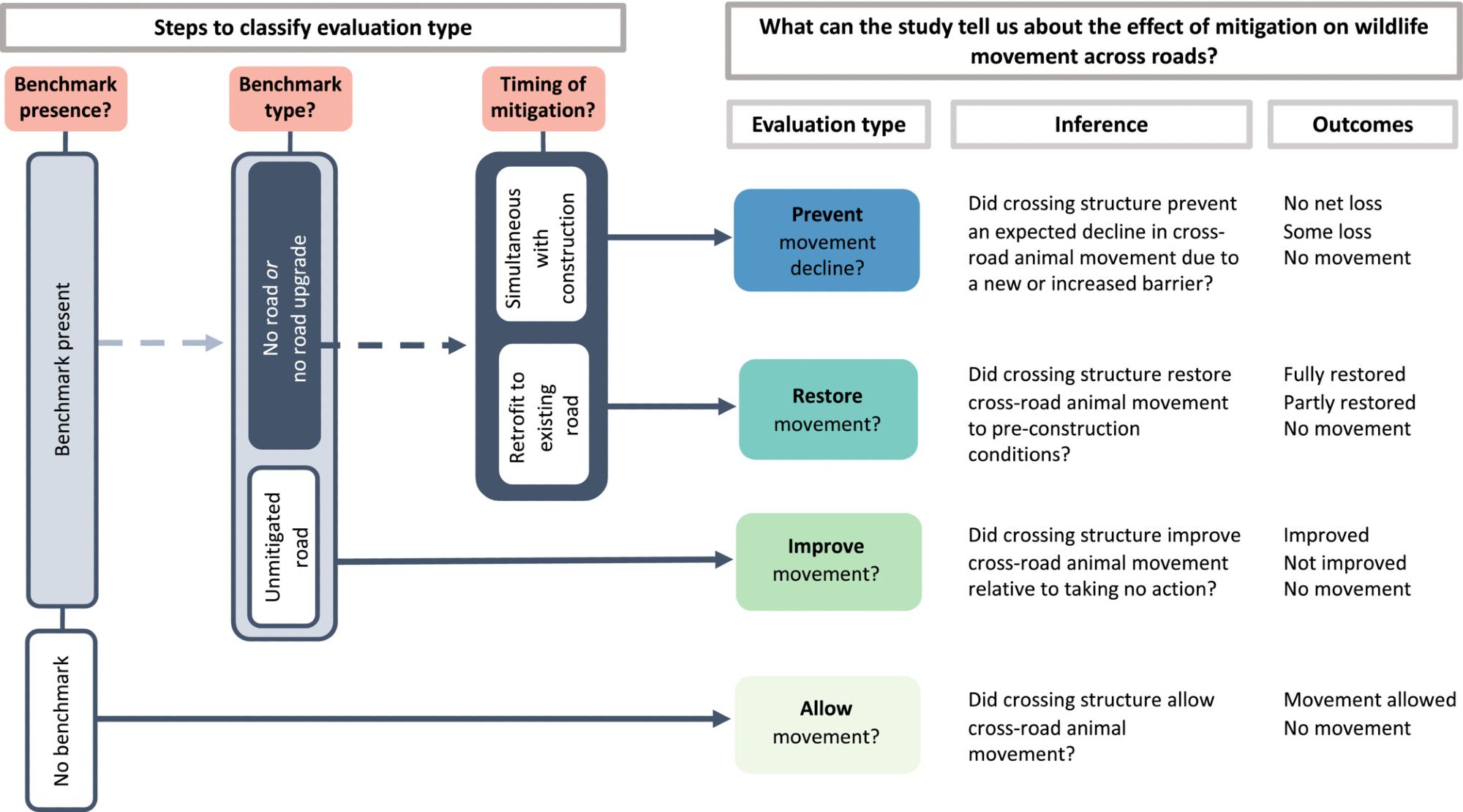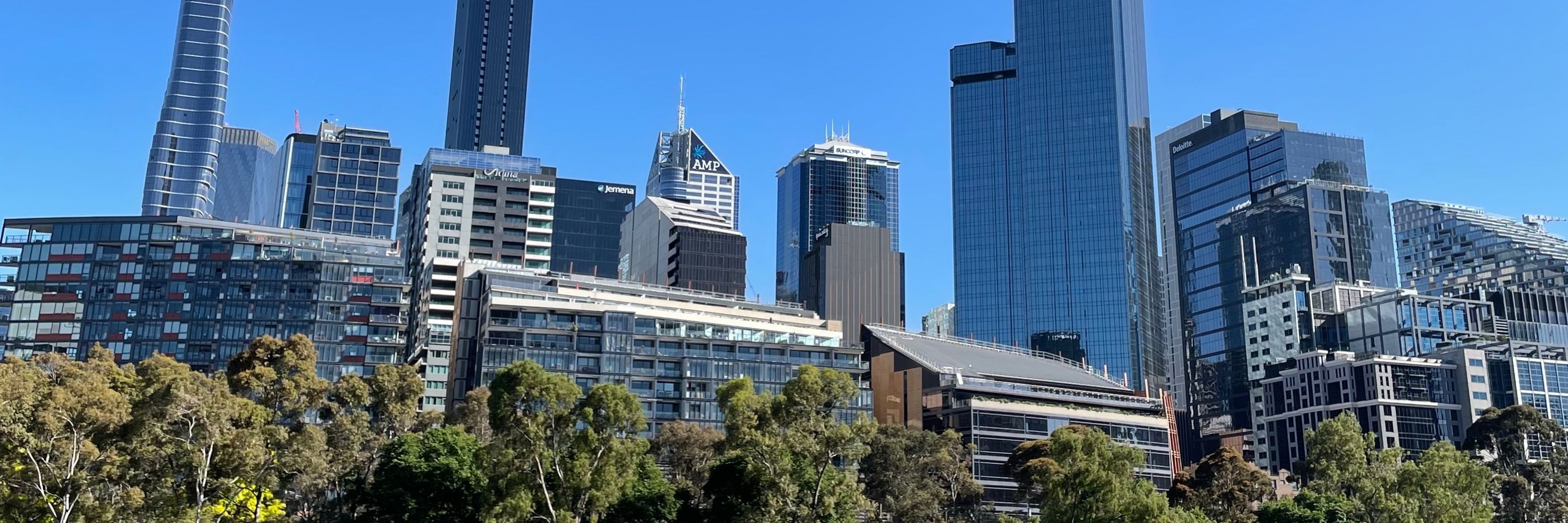
A huge, huge thanks to my collaborators, the 'road castle group'. We worked really hard (see pic) on this over a *really* long time, so it's a relief to see it out. 14/END besjournals.onlinelibrary.wiley.com/doi/full/10....

So, as always, we need more research, on more species, from more places! Especially🐸🪲🐦🦎 Not just observing wildlife using structures, but comparing this movement to appropriate benchmark comparators (before data, control sites, or both!) 13/n
What does all this mean? Are wildlife crossing structures useless? NO! If they were, then we wouldn’t have literally 100s of examples of wildlife happily crossing them. But we’re obviously not doing enough to mitigate the barrier effect. 11/n
An unexpected side note: we found two very tricky biases that hinder studies (see pic). These are really important to look out for if you’re doing this type of research, because they can make it *look* like structures were successful, even if they aren’t. 10/n
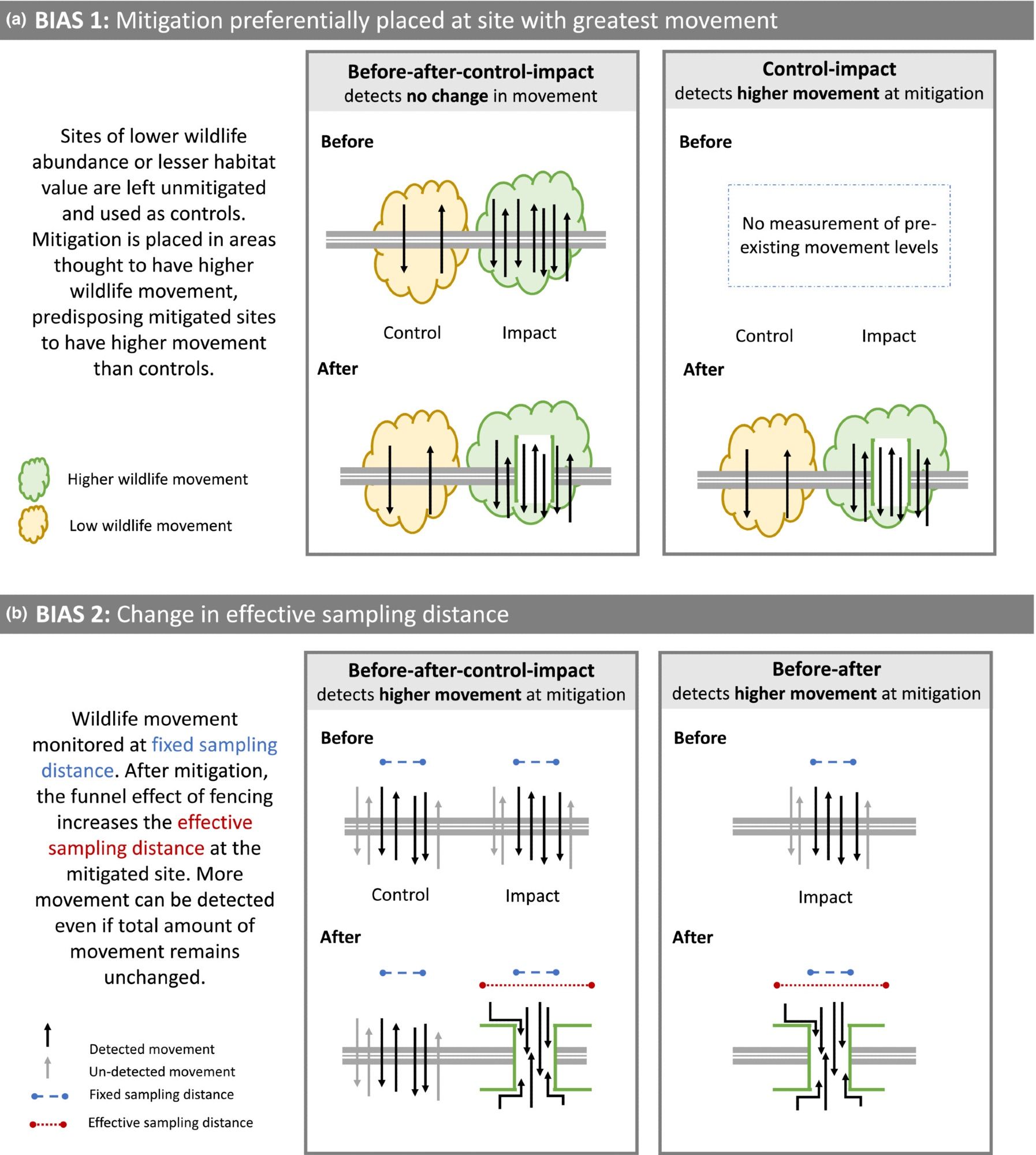
In better news, there’s good evidence that adding a wildlife crossing structure is better than doing nothing! Most of the studies that looked at this question found improvements. Even adding vegetation cover or ledges to existing structures helped 9/n

A bit worryingly, we don't seem to be great at preventing movement declining - this only happened 9 out of 22 times it was measured. Often the amount of movement declines *even when* we build a wildlife crossing structure 8/n
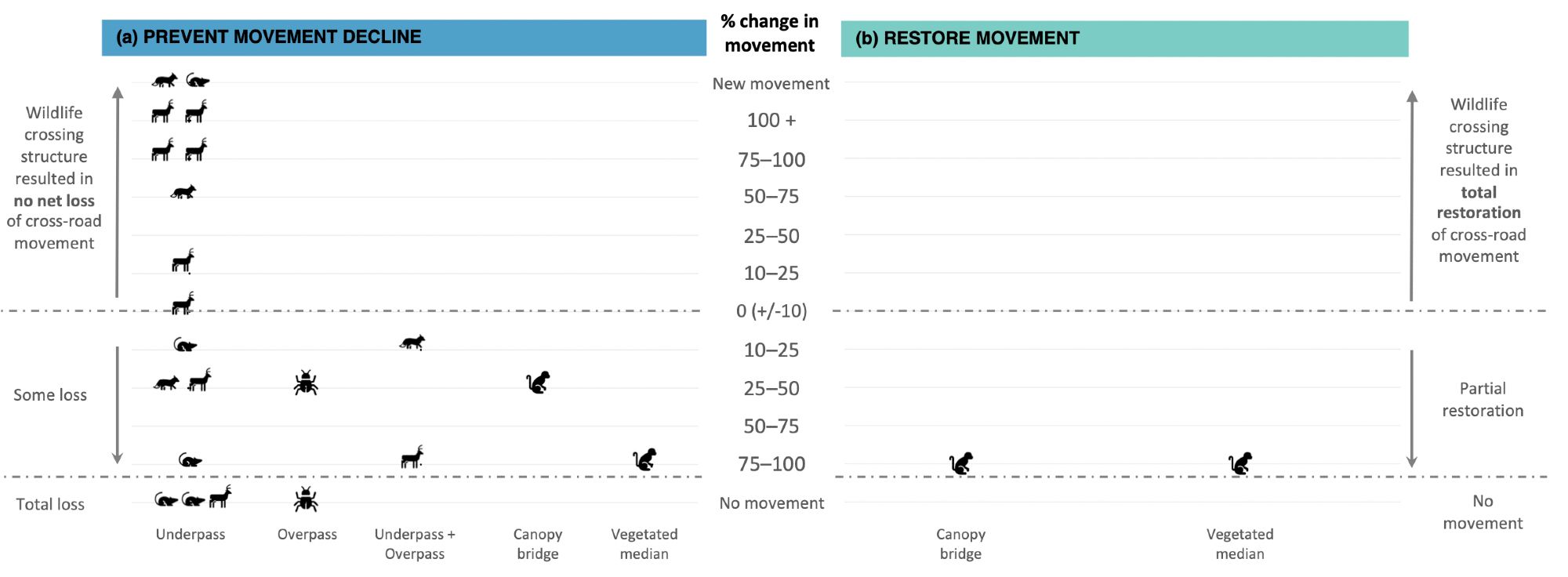
We then took a closer look at the 35 studies that measured change in animal movement AND presented quantitative data. This meant pulling out the results for the different species and structure types they reported on – 79 datasets in all. 7/n
Unfortunately, we don’t have good evidence that wildlife crossing structures can prevent a barrier effect or restore movement across an existing barrier. Instead, we usually have some kind of 'partial' mitigation 6/n
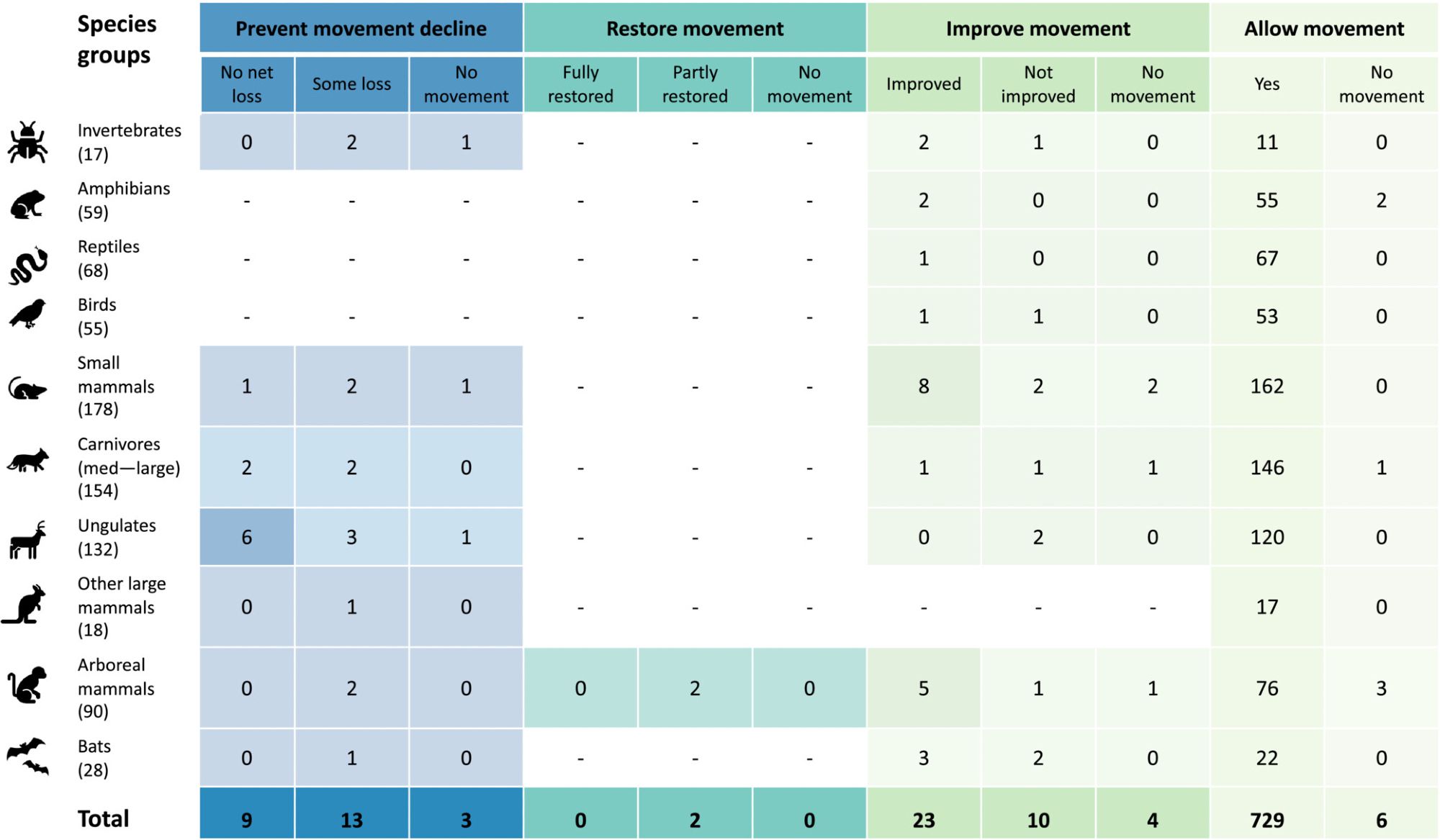
This is a MAJOR problem, because if we aren’t setting our research up to ask those questions, then we’ll never know! We’ll simply see an animal on a bridge and assume we’ve done a good job – when all the while the population could still be declining 5/n
Most studies aren’t set up to measure whether wildlife crossing structures actually *change* the number of animals crossing the road. Only 14% asked ‘Did crossing structures improve movement?’, ‘Did they restore movement ?’, or ‘Did they prevent movement declining ?’ 4/n
